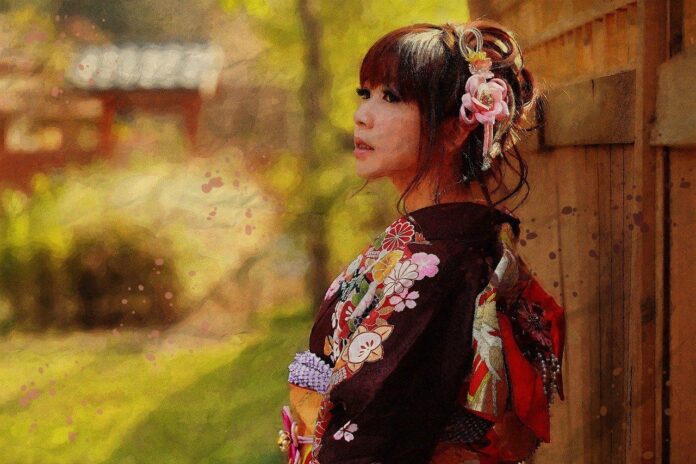
The kimono is a customary Japanese piece of clothing with a rich history dating back hundreds of years. Its starting points can be traced to the Heian era (794-1185) when Japanese fashion became relevant.
At first, the kimono was impacted by Chinese-style clothing, portrayed by free, flowing lines and wide sleeves. But over the long run, the kimono fostered its remarkable qualities and turned into a vital piece of Japanese culture.
This article will delve deeper into a few things you need to know about a kimono dress and various ways to wear them.
Read on!
Things You Need to Know About Kimono Dress
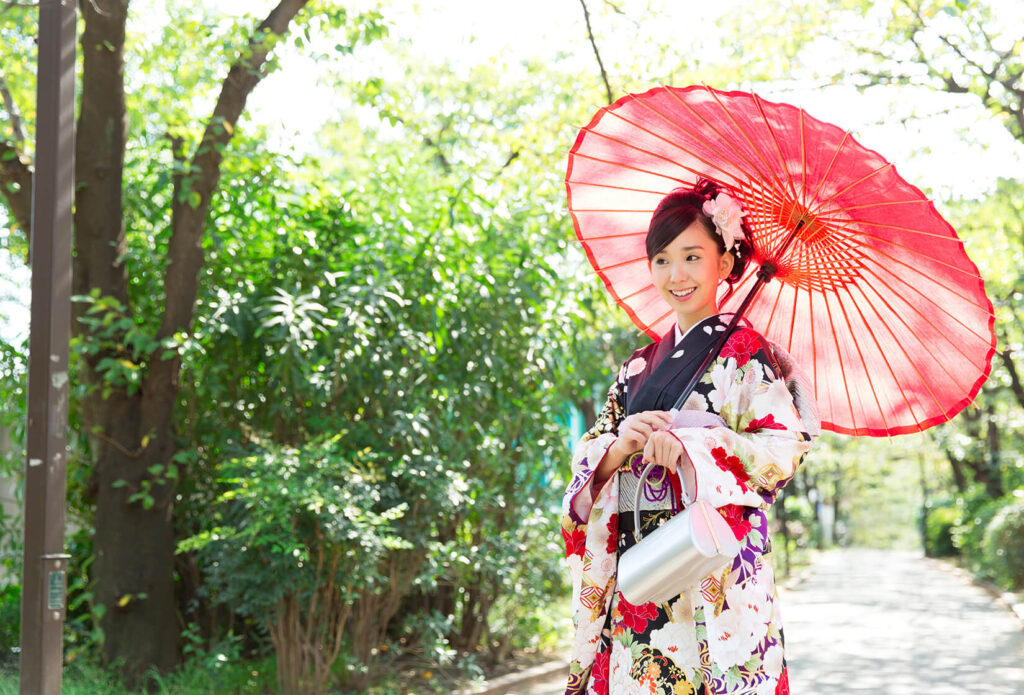
During the Heian era, the aristocracy typically wore the kimono and was a sign of social status. The colors, design, and fabric of the kimono mirrored the position of the wearer in the public eye. Complex weaving, elaborate patterns, and luxurious materials were held for the well-privileged (especially the upper class. The simpler styles are what’s reserved for the commoners to wear.
As Japan began the Edo era (1603-1868), the kimono went through additional changes. The inflexible socially ordered progression of the past time started to loosen, and the kimono turned out to be more open to more individuals. Various styles of kimono arose, each with its significance and purpose. For instance, the furisode kimono, portrayed by its long sleeves, was worn by unmarried ladies during formal events. Also, the yukata, a lightweight, relaxed kimono, became well-known for celebrations and summer events.
In the Meiji era (1868-1912), Japan experienced modernization and Western impact. Western-style clothing began to become popular. That was when the kimono faced difficulty keeping up with its noticeable quality. Nonetheless, endeavors were made to safeguard the kimono as an image of Japanese character and social legacy.
Lately, the kimono has advanced to adjust to contemporary style trends while regarding its customary roots. Today, it is often worn during exceptional events like weddings, tea services, and celebrations. Designers explore different avenues regarding colors, fabrics, and patterns, merging conventional strategies with present-day aesthetics to make amazing kimono styles.
The enduring appeal of the kimono lies in its timeless class, symbolism, and adaptability. It keeps on being esteemed as a famous portrayal of Japanese culture, filling in as a connection between the past and the present. Whether as a treasured legacy or a style statement, the kimono is still a cherished piece of clothing that features the creativity and craftsmanship of Japan.
Various Ways to Wear Kimono Dress
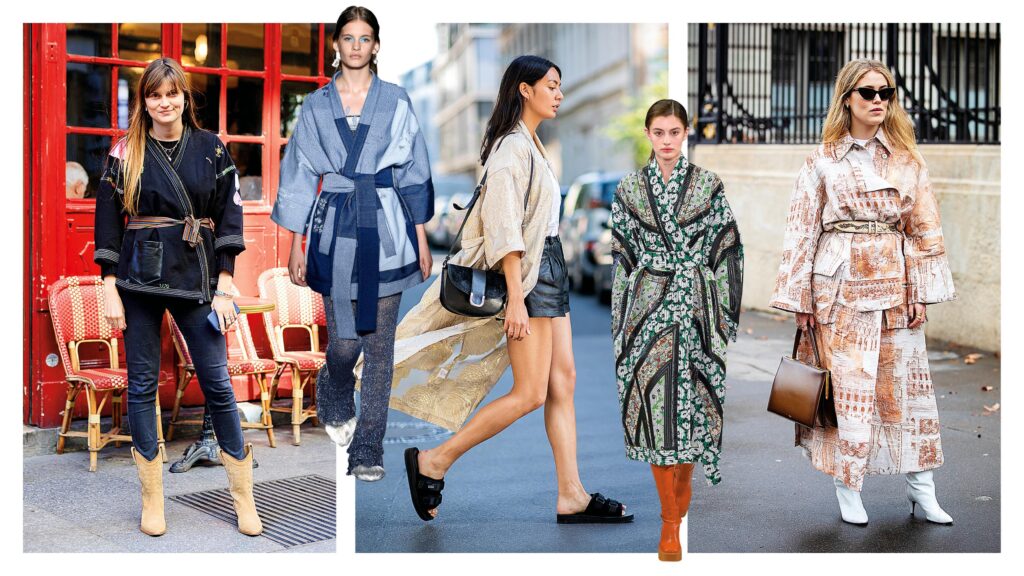
The kimono is a flexible piece of clothing that can be worn differently, each addressing an unmistakable style and event. Below are various ways of wearing a kimono dress.
Traditional Kimono Style
The customary way of rocking a kimono includes a few intricate steps. Begin by putting on white underwear called a Cuban. Then, fold the right side of the kimono around the body, followed by the left side. Secure the kimono with a wide belt known as an obi, tied in a bow at the back. Change the length of the kimono by folding the extra fabric at the waist. Complete the look with accessories such as tabi socks and geta sandals.
Furisode Style
Furisode is a kimono with long, swinging sleeves, customarily worn by unmarried ladies during formal events. To rock a furisode, follow the customary kimono style, yet make sure that the sleeves hang well, stretching out to the lower legs. The lively, eye-getting design of the furisode adds a hint of style and youthfulness.
Tomesode Style
Tomesode is a proper kimono worn by wedded ladies, regularly for significant occasions like weddings. Unlike the furisode, this style has shorter sleeves. The design of a timecode generally includes patterns at the base hem, front panels, and sleeves. Wear it in the conventional kimono style to keep the shorter sleeves well organized.
Houmongi Style
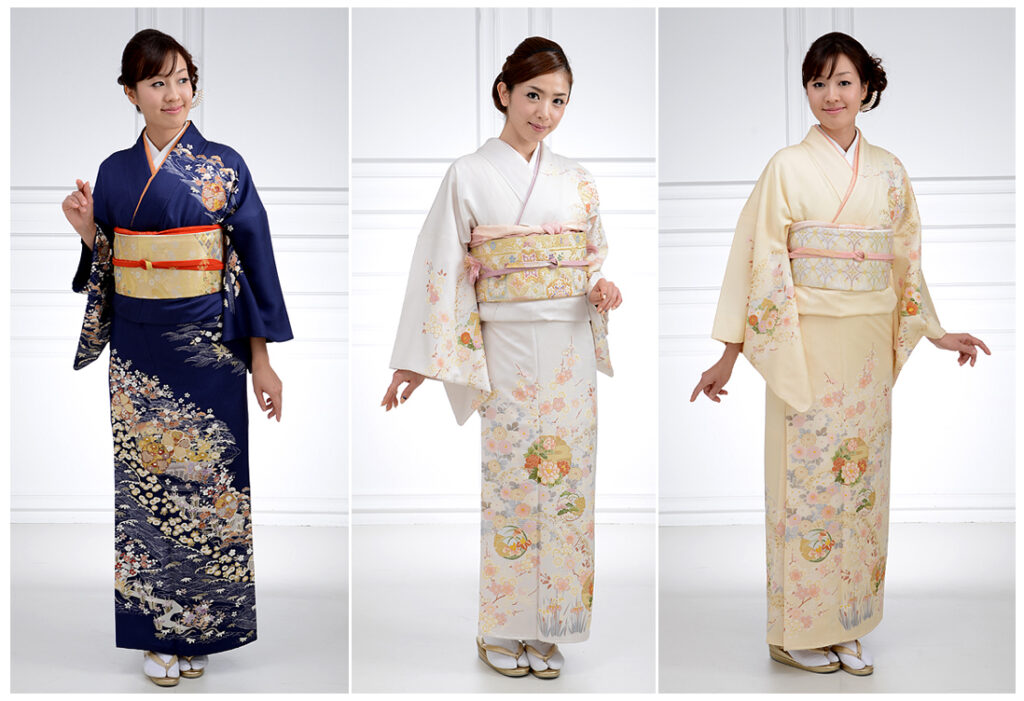
Houmongi is another conventional kimono perfect for occasions like tea ceremonies or gatherings. It highlights patterns that flow flawlessly from the back to the front.
To wear a houmongi, follow the conventional kimono style and change the obi belt to exhibit the design on the rear of the kimono. The general look is effortless and refined.
Causuai Yukata Style
Yukata is a lightweight, relaxed kimono normally worn during summer holidays or as nice loungewear at home. To wear a yukata, begin by putting on the underpants like the Cuban. Wrap the right side of the yukata over the body, then by the left side. Secure it with an obi belt, tied in a tangle at the back. The obi for a yukata is normally smaller than those for formal kimono. Complete the look with a couple of get a sandals.
Modern Kimono Style
The kimono can be styled in a contemporary style for a cutting-edge twist. You can rock a kimono top with pants or a skirt for a fusion look. The kimono can be left open or secured at the waist with a belt for a more custom-fitted appearance. Try different things with various fabrics, patterns, and colors to make a nice combination that mixes conventional and modern aesthetics.
Kimono Robe Style
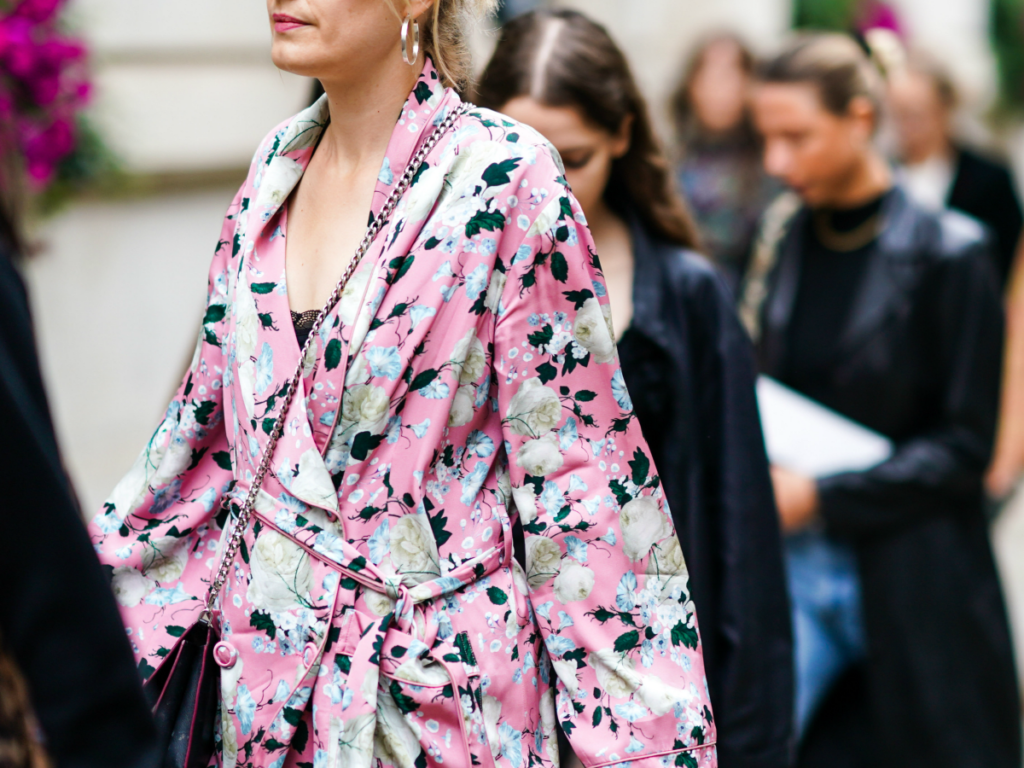
A kimono can likewise be worn as a rich robe for unwinding and solace. Wrap the kimono over your shoulders and fold the front panels over your body.
Secure it with a belt or essentially leave it open. The delicate, flowing fabric of the kimono adds a component of serenity and extravagance to your loungewear.
Kimono Jacket Style
Change a kimono into a polished jacket by matching it with a plain top, jeans, or a skirt. Leave the kimono open or secure it with a belt at the waist for a stylish and easy look. This style permits you to integrate the tastefulness of the kimono into your normal clothing.
Conclusion
Kimono dresses are rich in history. The evolution is interesting as it’s only once worn by the society’s elite. Today, a common man who loves fashion can wear kimono in several styles. This dress is here to stay and will keep evolving into more appealing styles.


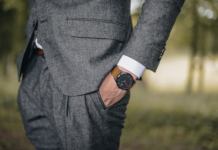




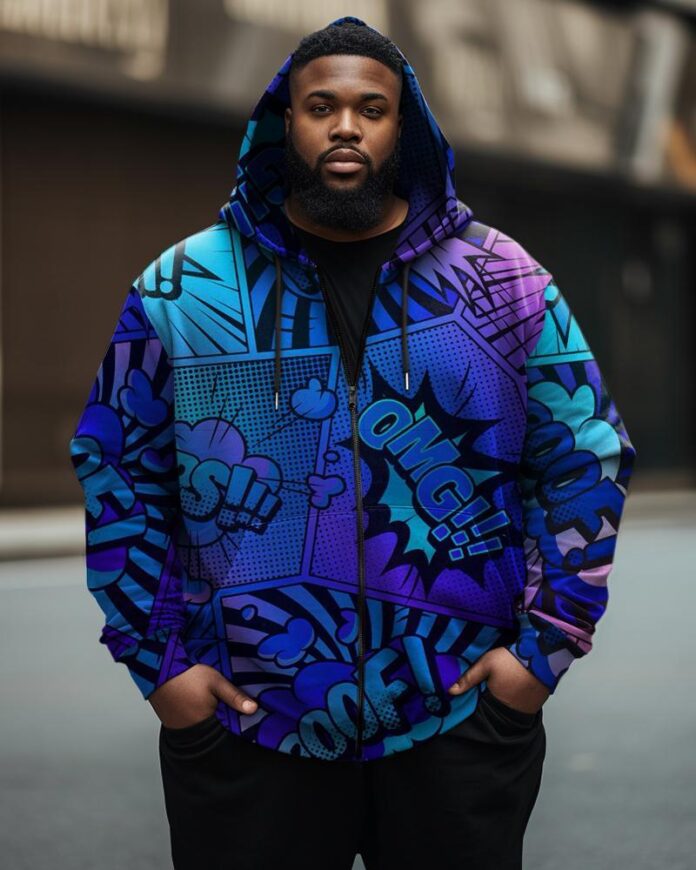







![16 Best Men’s Loafers 2023 [ BEST PREMIUM BRANDS ] best mens loafers](https://www.menshairstylesx.com/wp-content/uploads/2019/10/best-mens-loafers-1-100x70.jpg)
